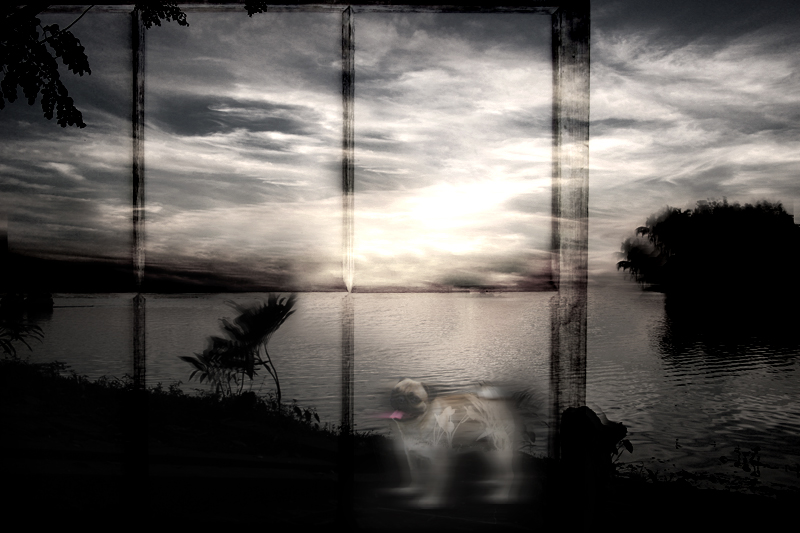Concentration Idea Exploration
Part 1
|
You should have a blog post for each of the following steps
Step #1: Gather Inspiration Artists get ideas from all different sources; try gathering things that inspire you into one place. You can create a digital version by making a Pinterest board, a Padlet, a Photoshop document, a Eureka board, or a new webpage – or – create a physical version with a sketchbook page, an actual wall in your bedroom, or another method of your choice. Your goal is to create a visual space for inspiration. Take this seriously. Make something that can grow with you. Gather at least 50 pieces of inspiration in the form of photos, artwork, videos, quotes, techniques, tutorials, text, articles, etc. |
|
Step #2: Make a List
Viewing your Inspiration Board, make a list of topic ideas. Write down ALL subjects, themes, places, things, activities, or issues that are personally relevant and that matter to you! List 40—80 ideas. Remember, the purpose of any artwork is to communicate a message – to comment or scream or sing about the world in which we find ourselves. If there is no emotion behind the work, there is no driving force – nothing to direct and shape your decision-making. Write down the things that you care about; that moves you. |
|
Step #3: Cull
Using the following guidelines narrow your topic list down to your top 10. Think carefully about the topics. Be brutal. Be aggressive. Be honest.
|
|
|
Step #4: Share
Have a conversation with two or more people not in this class about your top 10 list. Explain to them what interests you about each topic. Listen to their reactions and ideas. Compare their view of the topic with your own. Reflect on this meeting by writing at least two paragraphs about the conversation. End with your top 5 topics. |
Part 2
|
Create a separate web page for this Part
Step #5: Research For each topic select at least two artists whose work relates to that subject matter and inspires you. Research these artists. Complete a separate section on your page for each topic with artwork from the artists, information about the artists, reflections/personal responses to each artist. Your comments should show evidence that you have researched your artists and should also contain your own thoughts and responses. Under no circumstances should you copy or regurgitate information that you have found. |
Part 3
|
Step #9: Proposal
It's time to commit. After the activities above you should have an idea of what interests and intrigues you. It is finally time to commit to a concentration topic. Committing to a single topic can be difficult and/or scary but it is necessary at this time to pick a single topic that you can develop and work with over the next few months. Your topic may change directions but you may not change the main subject of your topic after this. Write a proposal for your topic. Include these three sections: 1. What is your concentration theme? Describe this fully including where the idea came from, why the idea is important/meaningful to you, what exactly you plan on making, etc. 2. What will your process look like? How will you approach the idea in an innovative way? How will you make your voice show? How do you plan on starting? What sort of techniques and media will you use and why? 3. What are your current strengths and weaknesses? Review the feedback from your classmates on your strengths and weaknesses. Reflect on these. What do you think you need to work on? How will you improve on this? |
Student Examples
Click each photo to access full project






















